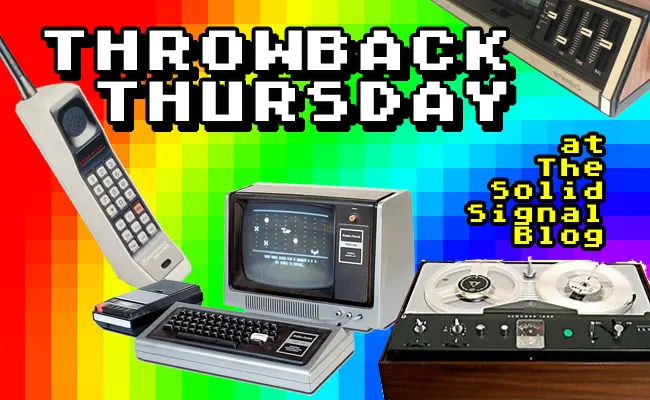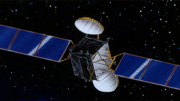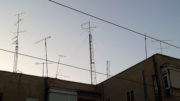The date was May 11, 2018. The world was a different place. In some ways better, in some ways worse, but definitely different. I was listening to music while looking for a subject for this blog. This song happened to pop up:
The song was about three years old at that time and still in fairly heavy rotation on a lot of stations. That’s right boys and girls, I was listening to something called “the radio.” Even back then I listened mostly to streaming but on that day I was feeling old-school.
By strange coincidence, I happened to see a couple of antennas, one shaped like an X and one like O. And so I wrote an article about it. Unfortunately, neither of the antennas I featured in that article back then are available at Solid Signal today, but you can get an X shaped antenna here and an O shaped one here.
The science behind antennas
That article goes on to talk about the science behind different shapes of antennas and how you shouldn’t really get hung up on the shape as much as the performance. That certainly holds true today, and in fact there are even more shapes of antennas than ever.
The science behind them hasn’t changed. In fact, the basic science hasn’t changed in 150 years since the principles were first discovered. It’s all in how you apply that science, and what signals you’re trying to receive. That’s been the biggest change in our lifetimes.
When TV first came on the scene, it used what we now call the VHF channels. These channels, originally between 44 and 216 megahertz, require a very large antenna. Later, TV was expanded so that you needed an antenna that picked up frequencies between 54 and 890 megahertz in order to get all the channels that could be broadcasting in your area.
Keep in mind that for every different frequency you need a different size antenna. As you go up in frequency you need a much smaller antenna. That’s a good thing for most people, and here’s why.
Today’s TV
Today, most people only need to receiver signals from 470-608 megahertz. That means that antennas can be smaller and also simpler. Some folks still need to get those channels from 174-216, and a very small number of people need that 54-88 range. If you’re in Philadelphia or one of the other cities where you need those lower frequencies then yes you will need a big, old-school antenna. Most folks won’t.
The bottom line is that TV antennas are better than ever.
If you haven’t had a TV antenna since you were a kid and lived with your parents, you owe it to yourself to check it out again. Most areas now have dozens of channels of free TV. All of them work when it’s raining, when the internet is out, or even when the power is out if you have a battery backup for your TV. Over-the-air TV is always free and all you need to do is buy an antenna once.
Check out the great selection at SolidSignal.com! If you’re not sure what you need, get a personal recommendation by calling us at 888-233-7563. We’re here for you during East Coast business hours. If it’s after hours, no problem! Fill out the form below and we’ll happily get back to you!





